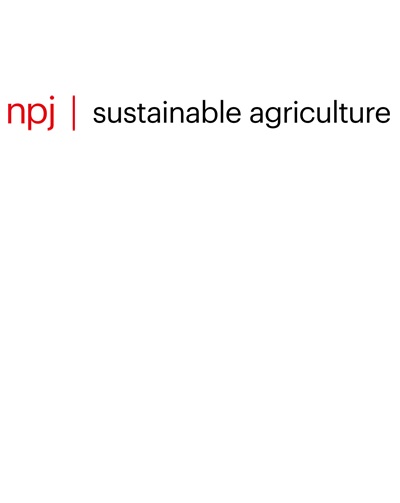Download:
DOI:
https://doi.org/10.1088/1748-9326/6/4/044029Puntuación Altmetric:
Dimensiones Recuento de citas:
Año de publicación
2011
Autores
Gutierrez-Velez, V.H.; DeFries, R.; Pinedo-Vasquez, M.; Uriarte, M.; Padoch, C.; Baethgen, W.; Fernandes, K.; Lim, Y.
Idioma
English
Palabras clave
agriculture, farming systems, intensification, intensive cropping, remote sensing, yield increases, land use change, tropical forests, deforestation, conservation, biofuels



















